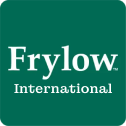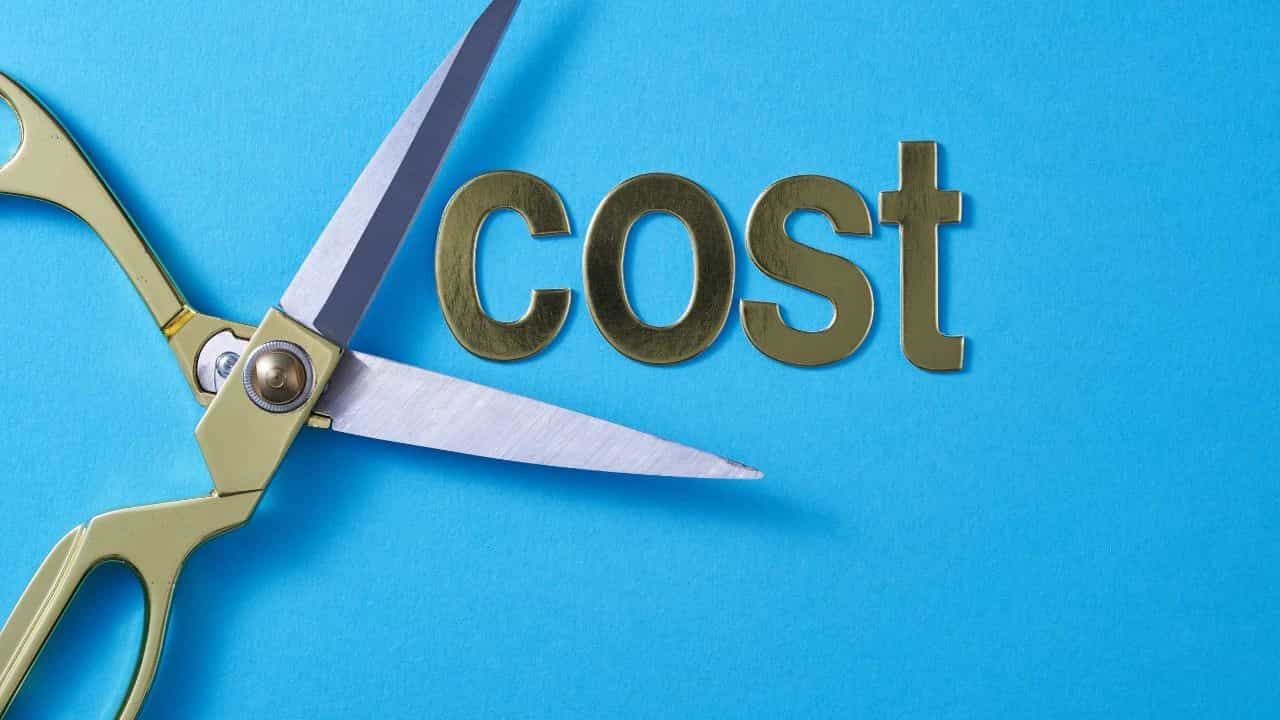Running a restaurant means constantly juggling expenses, especially when it comes to frying oil.
As a chef with years of experience, I can attest to the challenges of maintaining quality while managing costs.
That’s why I’m excited to share insights into a game-changer for kitchens — Frylow.
By using Frylow, restaurants can significantly reduce frying oil consumption and increase savings, all while maintaining top-notch food quality.
For those unfamiliar, Frylow technology extends the life of frying oil, allowing us to keep temperatures lower without affecting cooking time or results.
This not only cuts down on oil costs but also improves the efficiency of kitchen operations.
In my experience, this means less frequent oil changes and more consistent food quality, key factors in any profitable kitchen.
Many establishments have seen remarkable returns on investment with Frylow, some recouping costs in just a few months.
For example, one client reported monthly savings of over $1200.00 per location even years after implementation.
These figures speak for themselves and offer a compelling reason to consider this innovative solution.
Cost Savings Associated With Frylow
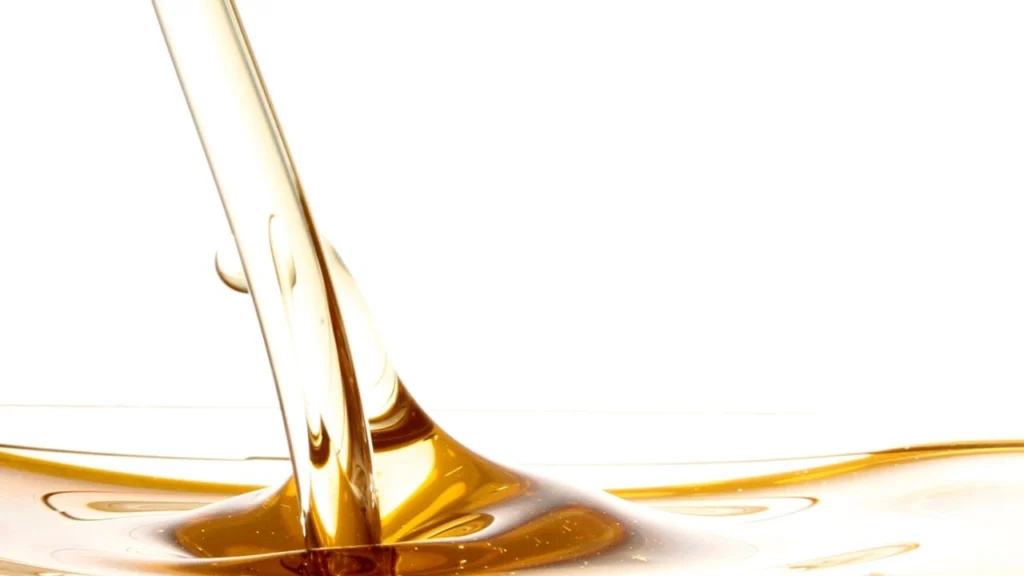
Using Frylow can lead to significant cost savings by optimizing oil usage, reducing oil costs, and improving the longevity of cooking oil.
By implementing this fryer oil saving device, restaurants can experience a noticeable impact on their grocery spending.
Reduction In Oil Usage
As a seasoned chef, I know the importance of managing resources effectively.
With Frylow, there’s a substantial reduction in oil usage because it extends the oil life.
The device reduces the frequency of oil changes by maintaining the quality of frying oil better than traditional methods.
This results in fewer gallons poured down the drain and more savings in your pocket.
Using Frylow can amount to a savings of about $1,284.26 per location each month.
Such savings are hard to ignore, particularly when margins in the restaurant business can be razor-thin.
Ensuring the oil remains fresh longer is key to driving down costs while maintaining quality.
Long-Term Savings On Cooking Oils
With the Frylow fryer oil saving device, the investment pays off quickly.
The return on investment often comes within 3 to 4 months, thanks to the reduction in oil costs.
Frylow typically comes with a 5-year warranty, which ensures continued savings over a long period.
By slightly reducing the frying temperature, the oil lasts longer without sacrificing food quality, further extending the oil life.
This offset contributes significantly to lower annual costs.
Many find their oil expenses cut dramatically, doubling their usual annual savings on fryer oil.
Impact On Overall Grocery Spending
The impact on overall grocery spending is among the most important benefits I’ve noticed.
With Frylow, a well-managed kitchen can channel part of the savings from reduced oil changes towards purchasing higher-quality ingredients or other operational expenses.
This results in an improved bottom line and enhanced quality across the menu.
Frylow’s effect on oil savings can also help streamline budget forecasts and spending plans.
Over time, maintaining consistent oil costs adds predictability to the financial operations of a busy restaurant.
Navigating through fluctuating ingredient prices becomes smoother with the stability Frylow offers in terms of oil expenses.
Energy Efficiency Benefits
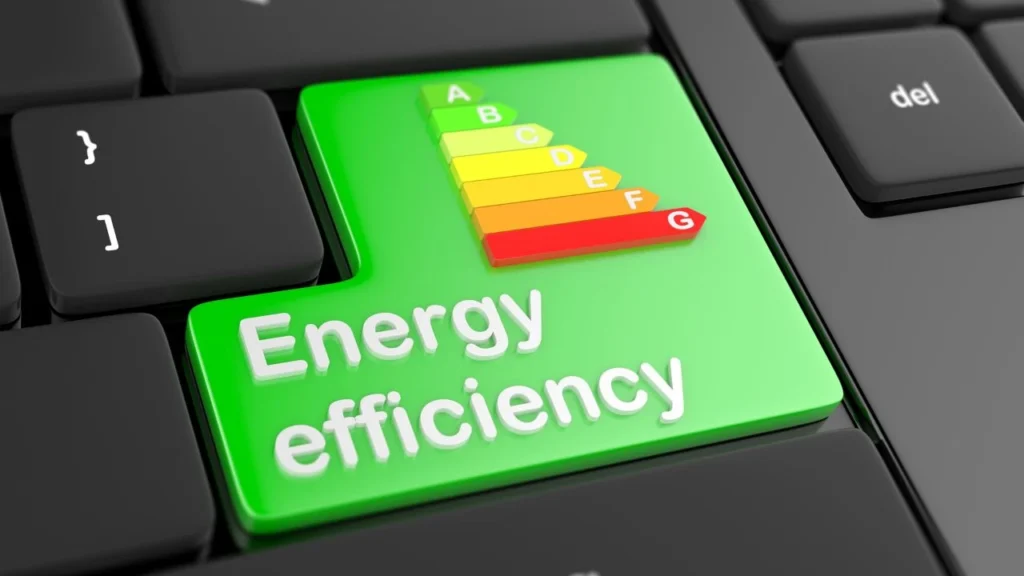
When enhancing energy efficiency in the kitchen, Frylow can be a game-changer. It helps reduce cooking times, cuts down on energy consumption, and curtails the environmental impact associated with excessive energy use.
Decreased Cooking Times
I’ve consistently noticed that with Frylow, cooking times are noticeably shorter.
This is crucial not just for speeding up service but for increasing turnover, especially during peak hours.
Faster cooking times naturally translate to decreased energy usage, as less time is spent with the fryers consuming power.
This efficiency is particularly beneficial for high-volume kitchens where time is of the essence.
The reduction in cooking time can lead to significant savings in utility costs, providing a dual benefit of efficiency and economy.
Overall, quicker cooking means more dishes served and reduced wait times, improving customer satisfaction.
Lower Energy Consumption in the Kitchen
By integrating Frylow into our frying processes, I’ve managed to lower the kitchen’s overall energy consumption.
The apparatus maximizes heat utilization, meaning the same results are achieved with less energy input.
It’s been a reliable way to maintain high standards while reducing energy reliance.
Lower energy use inevitably leads to reduced utility bills, which is financially beneficial, particularly in a restaurant setting where margins can be tight.
By operating with Frylow, we’re using resources more efficiently, cutting costs, and reallocating those savings to other aspects of my business, enhancing overall profitability.
Environmental Impact of Reduced Energy Use
The environmental benefits of reduced energy consumption are significant.
With Frylow, the decrease in energy use lessens the carbon footprint of the kitchen, aligning my operations with more sustainable practices.
This shift not only supports global environmental initiatives but also resonates well with environmentally conscious customers who value sustainable dining choices.
In an industry where customer sentiment can drive business, presenting a greener kitchen is not just ethical; it’s a strategic move that can differentiate a restaurant in a competitive market.
The combination of sustainability and satisfaction creates a powerful draw for today’s eco-aware diners.
Enhancing Food Quality
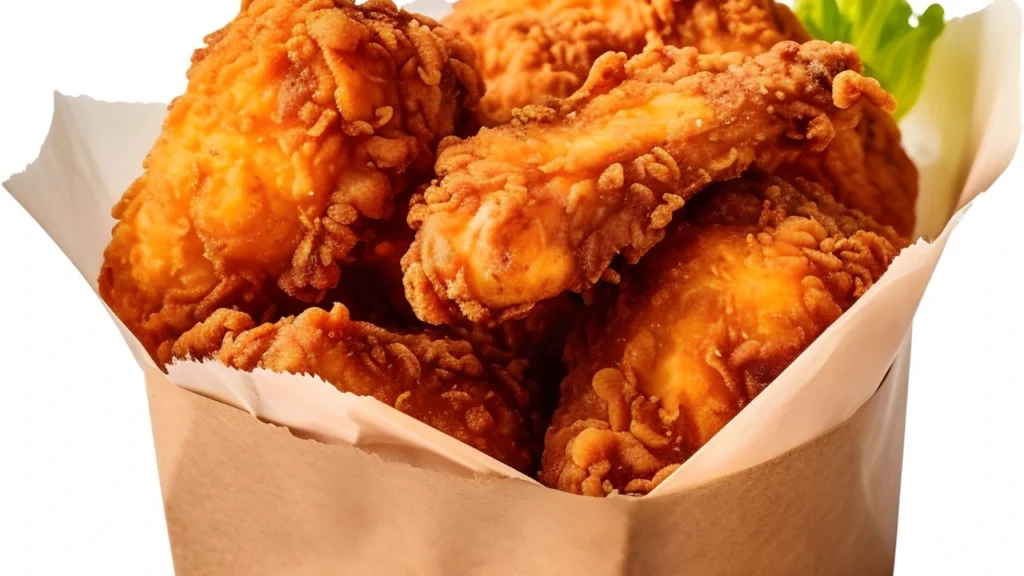
As an experienced chef, I’ve discovered how Frylow can elevate fried foods’ quality. It’s not just about cost savings; it’s about serving dishes that entice and delight.
My goal is to unlock the secrets to improving taste and promoting healthier cooking practices.
Improved Texture And Flavor
Frylow technology utilizes a photo-catalytic ceramic device to significantly enhance the texture and flavor of fried foods.
Through its precise mechanism, Frylow reduces frying oil breakdown, maintaining a stable frying environment.
This results in food that is consistently crispy outside and tender inside, which is essential for capturing the natural flavor of ingredients.
I’ve found that when oil degradation is minimized, the subtle, authentic tastes of the ingredients shine through.
This technology helps chefs and restaurant owners like me deliver dishes that guests will savor and remember.
It’s a game-changer when it comes to creating memorable dining experiences with each meal served.
Healthier Cooking With Less Oil Absorption
Reducing oil absorption not only makes fried foods less greasy but also contributes to a healthier dining experience.
Frylow achieves this by optimizing the oil’s condition, resulting in tighter oil bonds and less oil left in the food.
I’m impressed with how this aligns with modern health-conscious trends, offering dishes with lower fat content without compromising taste.
Using this technology, I can craft meals that meet customers’ increasing demands for healthier options.
The reduction in oil absorption ensures that food retains its natural flavor while being lighter and less calorie-dense.
This not only appeals to health-conscious diners but also enhances the overall reputation of a restaurant committed to quality and wellness.
Positive Return On Investment
Investing in Frylow technology can significantly cut your oil costs, potentially saving your restaurant substantial amounts of money over time. Understanding the balance between the initial investment and the long-term financial benefits is crucial for determining the effectiveness of this purchase.
Initial Cost Versus Long-Term Savings
When considering Frylow, the initial cost might seem substantial, but the potential savings are worth noting.
Many users, including myself, have witnessed savings of up to 50% on oil costs, often achieving a positive return on investment in six months or less.
Imagine paying back your investment in such a short period just by cutting down the amount of oil you use daily.
Each dollar saved can be reinvested into other areas of your kitchen, enhancing operations further.
Compared to ongoing oil purchases, the reduced need to buy oil offers a compelling argument for Frylow.
This financial relief empowers you to focus on enhancing the dining experience for your guests rather than worrying about rising operational costs.
In my experience, adopting sustainable practices like Frylow not only boosts bottom-line savings but also adds to the eco-friendly credentials of any restaurant.
Maintenance And Durability
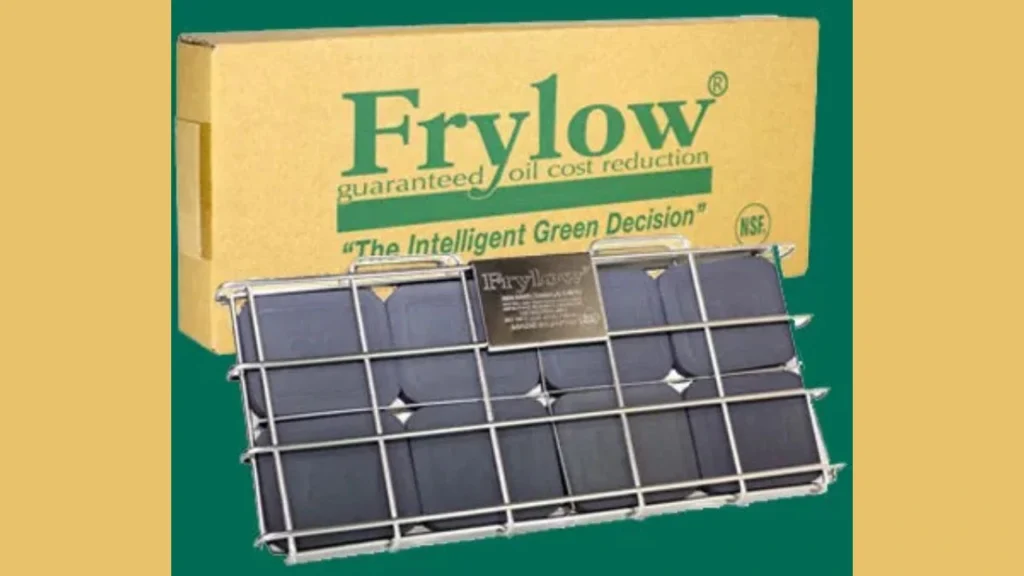
When considering the maintenance and durability of Frylow equipment, it’s essential to highlight how it fits seamlessly into the workflow of any commercial kitchen. The technology offers lasting resilience while requiring minimal upkeep.
Longevity Of Frylow Equipment
As an experienced chef, I know the long-term value of kitchen tools that stand the test of time.
Frylow is engineered with a photo-catalytic ceramic device, enhancing its durability.
With no moving parts, the equipment withstands the rigors of regular use in busy kitchens, extending its life span impressively.
Typically, Frylow provides around five years of high performance. This ensures that it remains a reliable component in your deep fryer setup, reducing overall maintenance costs.
Easy Maintenance And Cleaning
One of the most appealing aspects of Frylow is its simplicity in maintenance.
Since it’s crafted for long-term use, keeping it pristine is straightforward.
After daily kitchen use, a simple cleaning routine suffices to maintain its efficiency.
The Frylow design allows effortless integration with standard kitchen cleaning protocols, minimizing additional labor.
Regular cleaning not only enhances its lifespan but also ensures optimal performance.
Incorporating Frylow into your kitchen setup promises a significant decrease in maintenance headaches and downtime.
Business And Commercial Benefits
Utilizing Frylow technology offers substantial advantages to businesses, particularly in customer satisfaction and gaining a competitive edge in the food industry. Both of these aspects are crucial for achieving success in a competitive market.
Increased Customer Satisfaction
With Frylow, the quality of fried food improves significantly, resulting in a better customer experience.
The technology allows for crispier and tastier fried foods by maintaining oil quality longer.
I have found that consistent high-quality food increases customer trust and loyalty.
Restaurants using Frylow can achieve these improvements without frequent oil changes, which reduces the risk of off-flavors in dishes.
Additionally, lowering the frying temperature a few degrees—possible with Frylow—preserves food texture and flavor, satisfying even the most discerning palates.
By enhancing the customer experience through these methods, restaurants can build a robust and loyal customer base.
Competitive Advantage In The Food Industry
Adopting Frylow technology doesn’t just save on costs; it sets a business apart from the competition.
The ability to cut oil usage by up to 50% allows for more competitive pricing or increased profit margins, depending on a restaurant’s strategy.
With many establishments reporting return on investment within a short period, the financial benefits are clear.
Moreover, offering higher quality fried products boosts reputation in the market.
Customers notice when food not only tastes better but is prepared consistently well, leading to repeat visits and positive word-of-mouth.
For a restaurant aiming to thrive, leveraging technologies like Frylow is an effective way to stand out in a crowded market.
Summary of Key Financial Benefits
When it comes to saving money in the kitchen, Frylow provides a notable return on investment. Typically, users experience an ROI within just a few months, as I’ve observed with numerous customers.
Significant savings come from reducing fryer oil expenses, which can lower costs by up to 50% due to extended oil life.
Moreover, the ability to adjust frying temperatures enhances both energy efficiency and product quality. Real stories, like those from Apple Core, show savings reaching over $1,200 per month per location.
If you are interested, we have prepared for you information about all the calculations and benefits of Frylow based on real cases of restaurants and cafes.
These figures demonstrate the substantial financial impact Frylow can have, both in immediate savings and long-term operational efficiencies.
FAQ
What are the cost savings associated with using Frylow in my kitchen?
Implementing Frylow in your kitchen can lead to significant cost savings by extending the lifespan of your cooking oil by up to 50%, reducing overall oil consumption. This not only cuts down on the frequent expense of purchasing new oil but also results in lower energy costs due to the increased efficiency of oil usage, ultimately saving money on both ingredients and utilities.
How does Frylow extend the lifespan of cooking oil?
Frylow extends the lifespan of cooking oil by utilizing advanced ceramic technology that reduces the oxidation process, maintains oil quality, and decreases the frequency of oil changes. This results in significant cost savings, as less oil is needed over time while still ensuring optimal frying performance and food quality.
Can implementing Frylow help reduce energy consumption in my kitchen?
Yes, implementing Frylow in your kitchen can help reduce energy consumption by improving the efficiency of your frying process. Frylow optimizes oil life and heat retention, which means your kitchen equipment requires less energy to maintain cooking temperatures, ultimately leading to lower energy costs.
Are there any initial costs associated with installing Frylow, and how quickly can I expect a return on investment?
Yes, there are initial costs associated with installing Frylow, primarily for purchasing and setting up the equipment in your kitchen. However, many users experience noticeable savings on cooking oil and energy costs, often achieving a return on investment within just a few months, depending on the volume of fried foods prepared.
Resources
https://budgetbranders.com/blog/21-ways-to-cut-costs-for-your-restaurant/
